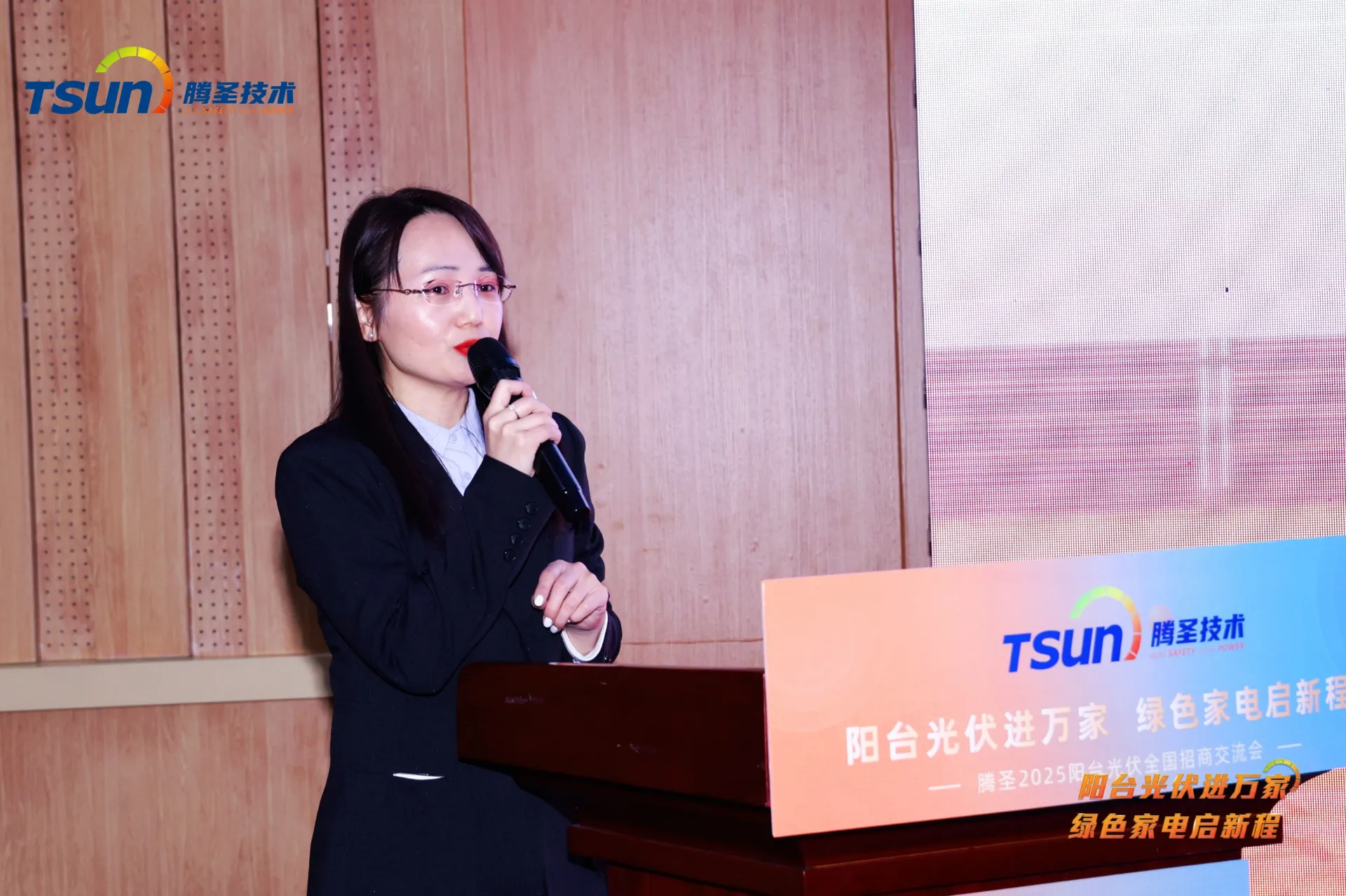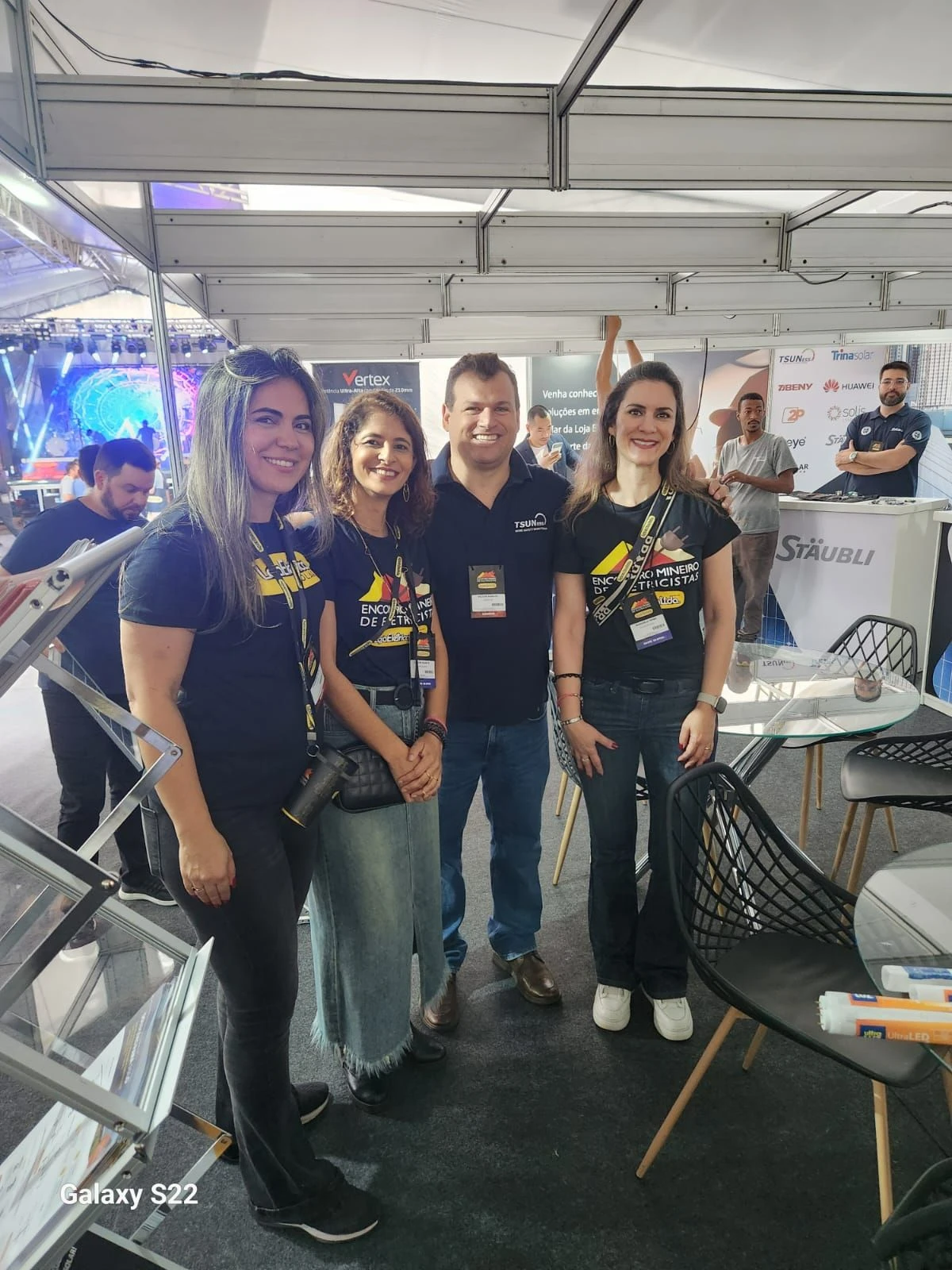Easy Solar Kit (with microinverter)
 LEARN DETAILS
LEARN DETAILS
Table of contents

(battery storage at home)
Residential energy storage systems have seen 214% annual growth since 2020, driven by rising electricity costs and environmental awareness. Modern lithium-ion batteries now offer 90-95% round-trip efficiency, compared to 70-80% in lead-acid alternatives. This technology shift enables homeowners to store excess solar power without relying on grid infrastructure.
Leading home storage batteries feature:
Tesla's Powerwall 3 demonstrates 13.5kWh capacity with 100% depth of discharge capability, outperforming traditional systems by 40% in usable energy.
| Brand | Capacity (kWh) | Price Range | Warranty |
|---|---|---|---|
| Tesla Powerwall | 13.5 | $11,500-$14,000 | 10 years |
| LG Chem RESU | 16 | $9,200-$12,800 | 10 years |
| Sonnen Eco | 20 | $15,000-$18,000 | 15 years |
Combining 6kW solar arrays with 10kWh storage achieves 82% grid independence for average households. Key integration features include:
Energy requirements vary significantly:
A California household achieved 94% energy autonomy using SunPower panels paired with Tesla batteries:
Advanced systems now support V2H (vehicle-to-home) functionality and grid services participation. Homeowners can earn $1,200/year through demand response programs while maintaining backup power reserves. With battery prices projected to drop 33% by 2030, early adopters gain both ecological and financial advantages.

(battery storage at home)
A: Home storage battery prices depend on capacity, brand, technology (e.g., lithium-ion), and installation costs. Government incentives or rebates may reduce upfront expenses.
A: Yes, if configured with an inverter designed for off-grid use. It can power essential appliances, but capacity limits runtime based on energy stored.
A: Most lithium-ion batteries last 10-15 years, with warranties covering 5,000-10,000 cycles. Performance degrades gradually over time.
A: Yes, most systems integrate with existing solar setups. A qualified installer can assess compatibility and upgrade components if needed.
A: Minimal maintenance: ensure proper ventilation, monitor performance via apps, and check connections periodically. Avoid extreme temperatures for optimal lifespan.

